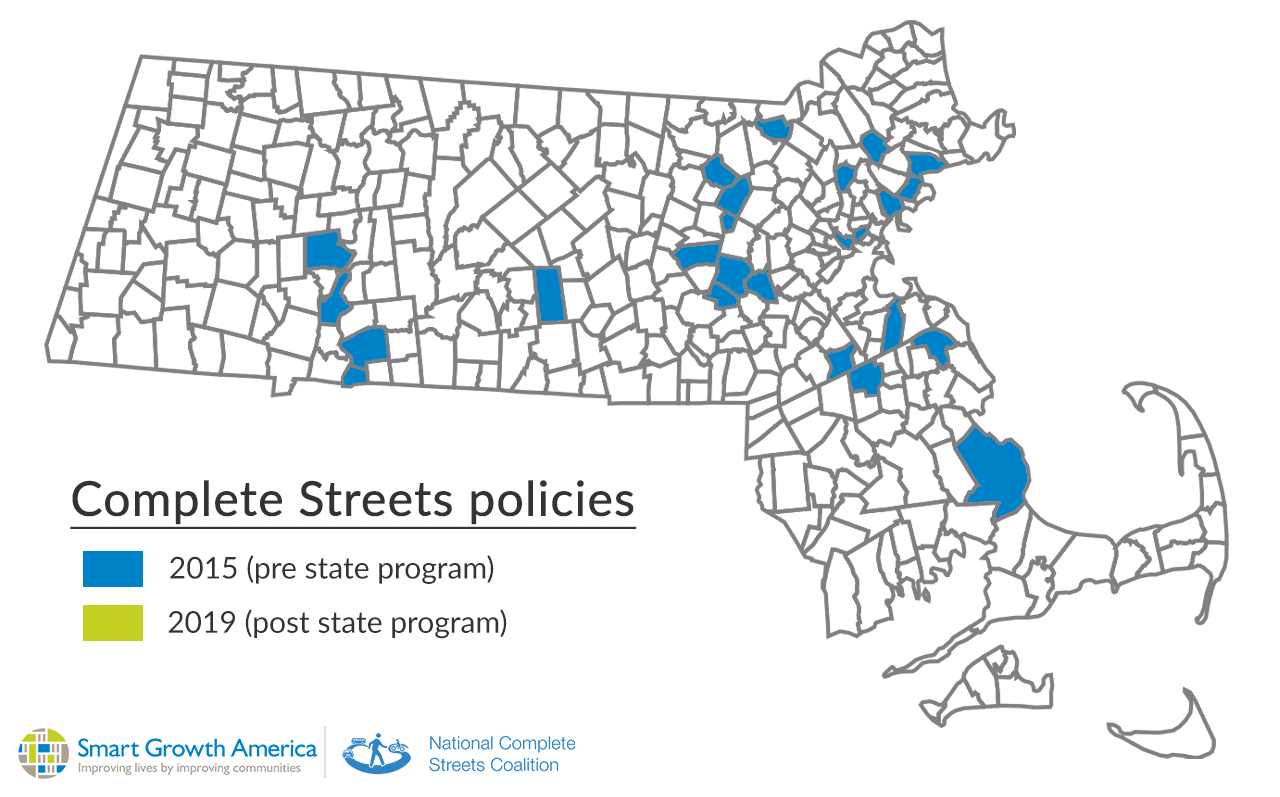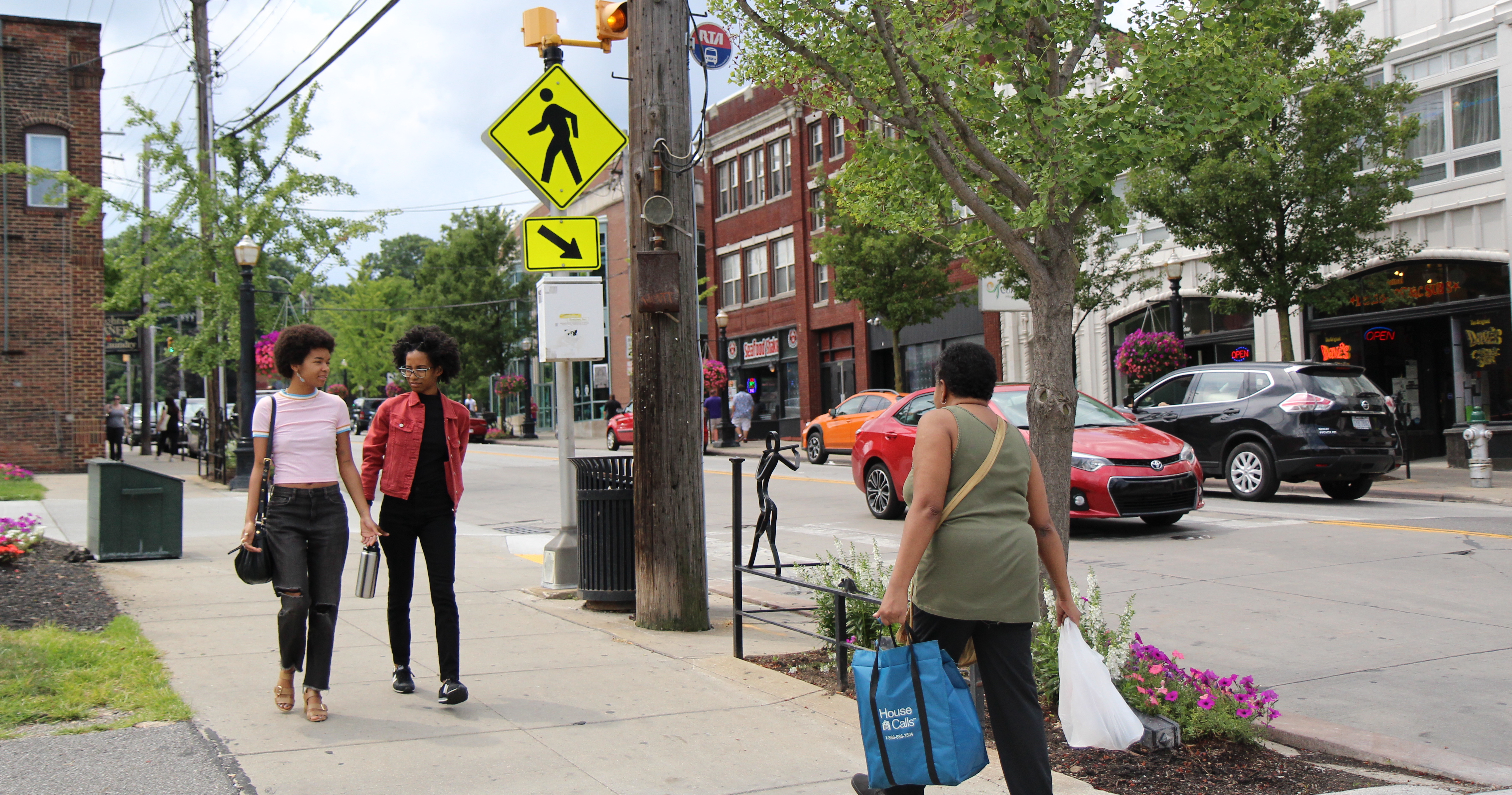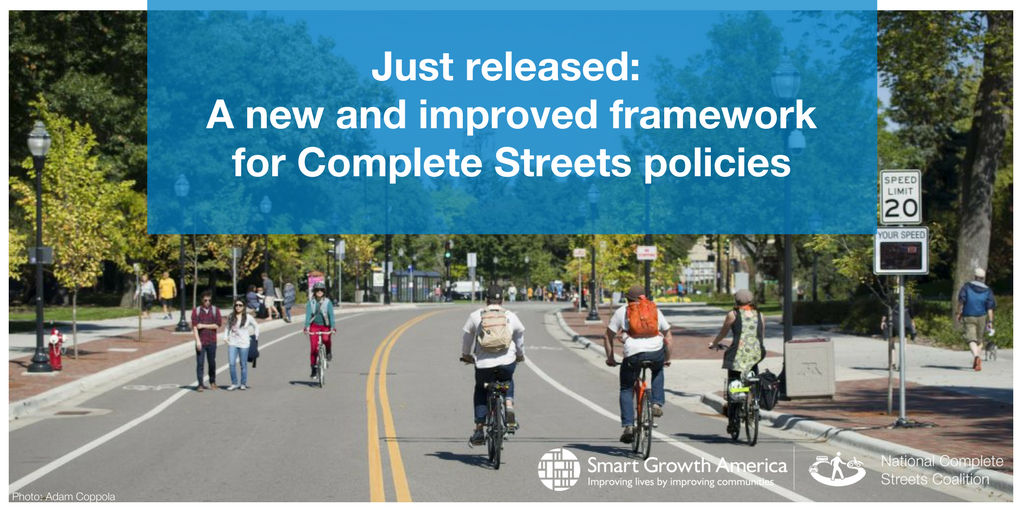 A call to action on the United States’ obesity epidemic, a challenge on safety from a federal cabinet secretary, new standards for transportation in Congress, and the first-ever perfect-scoring policy all made 2015 a banner year for the national movement for Complete Streets.
A call to action on the United States’ obesity epidemic, a challenge on safety from a federal cabinet secretary, new standards for transportation in Congress, and the first-ever perfect-scoring policy all made 2015 a banner year for the national movement for Complete Streets.
Local policies were a huge part of this momentum. In 2015, communities passed a total of 82 Complete Streets policies, and they are some of the strongest ever passed. In fact, in 2015 the city of Reading, PA adopted the first policy to ever score a perfect 100 in our analysis.
The Best Complete Streets Policies of 2015, out today, highlights Complete Streets policies from across the country last year, including the 16 policies that were the nation’s best. Those communities were:



 This year we’re highlighting 12 of the best Complete Streets initiatives, projects, and champions around the country in lieu of our typical annual Best Complete Streets Policies report. The Best Complete Streets Initiatives of 2017 celebrates the people and communities that are setting an example for implementation and equity in Complete Streets which are an important part of the new Complete Streets grading framework that will take effect next year.
This year we’re highlighting 12 of the best Complete Streets initiatives, projects, and champions around the country in lieu of our typical annual Best Complete Streets Policies report. The Best Complete Streets Initiatives of 2017 celebrates the people and communities that are setting an example for implementation and equity in Complete Streets which are an important part of the new Complete Streets grading framework that will take effect next year.
